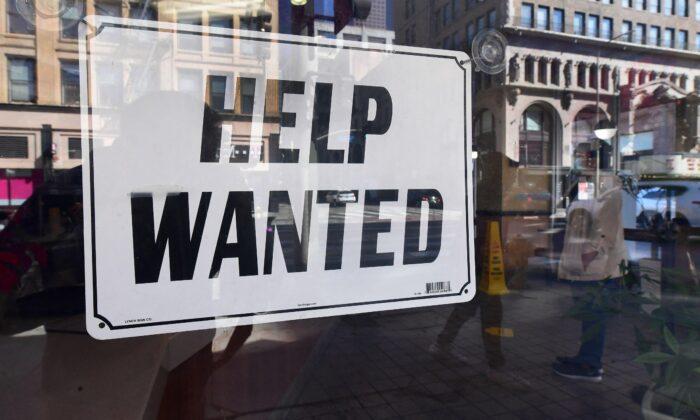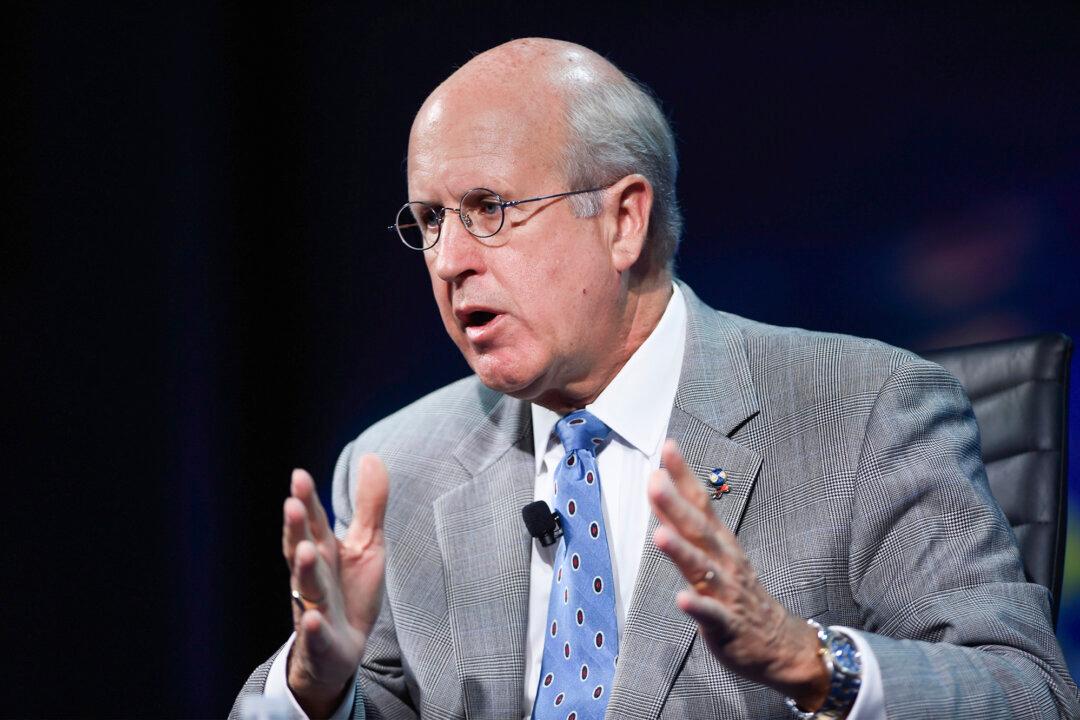Economists predict job growth will slow in the coming months as recession fears grow.
Because many Americans are taking multiple jobs to make ends meet, some people say the strong employment number may be misleading. In June, the number of people with multiple jobs increased by 239,000.
According to the official data, professional and business services, leisure and hospitality, and health care all had notable job growth last month.
Average hourly earnings edged up by 0.3 percent month-over-month, while annualized hourly early earnings increased by 5.1 percent. Wage growth is less than the 8.6 percent inflation rate, meaning that employees are losing money as their expenditures rise faster.
The labor force participation rate dropped slightly to 62.2 percent in June, remaining below pre-pandemic levels.
Private-sector employment has recovered the net job losses caused by the COVID-19 pandemic and is 140,000 jobs higher than it was in February 2020, while government employment is 664,000 jobs lower, according to the new data.
Education and health services employment climbed the most in June with 96,000 new jobs.
Employment in professional and business services rose by 74,000. And leisure and hospitality generated 67,000 jobs, as expansion in food services and drinking places continued. However, compared to pre-pandemic levels, the number of people in leisure and hospitality is down by 1.3 million, or 7.8 percent.
The growth in total nonfarm payroll employment for April was revised downward by 68,000 to 368,000, while May’s change was revised downward by 6,000 to 384,000. According to the BLS, following these revisions, employment in April and May was 74,000 lower than originally reported.
President Joe Biden touted the jobs report and the recovery in the private sector employment in a July 8 statement.
“The historic strength of our job market is one reason our economy is uniquely well-positioned to tackle a range of global economic challenges–from global inflation to the economic fallout from Putin’s war,” Biden said in the statement.
Recent statistics from the labor market have shown a mixed picture, which is common when an economy is shifting, according to economist Robert Genetski.
“The job data show no significant slowdown in the labor market. These data are inconsistent with some of the business surveys, which had pointed slow or no growth in June,” Genetski wrote in a note. “Mixed data often occur when an economy is transitioning.”
He said the job gains make it more likely that the Federal Reserve will raise the target interest rate by 0.75 percentage points later this month.
However, the employment data might be misleading because of the rapid increase in multiple job holding, according to E.J. Antoni, a research fellow at the Heritage Foundation.
“If you look at over the last four months or so, you can see the household survey has actually declined a bit while the establishment survey continues to tick upward,” he told The Epoch Times.
He acknowledged that while the establishment survey doesn’t include agricultural employees, the household survey does.
Each month, the government releases two estimates of U.S. job growth: one based on a survey of enterprises and the other on a survey of households. Since there are differences between these surveys, they might give contradicting results in the same month.
However, Antoni noted that “multiple job holders shot up by 239,000” in June, according to the household survey.
“That’s a pretty big increase.”
Signs of a Slowdown
The red-hot labor market has shown signs that it could be beginning to cool down, according to a series of employment data released this week.Initial jobless claims reached a seven-month high of 235,000 in the week ending on July 2, topping the market forecast of 230,000. The four-week average, which removes week-to-week volatility, has climbed steadily every week since the beginning of April. Continuing jobless claims also increased to 1.375 million in the week ending on June 25.
“Employers are beginning to respond to financial pressures and slowing demand by cutting costs. While the labor market is still tight, that tightness may begin to ease in the next few months,” Andrew Challenger, senior vice president of Challenger, Gray & Christmas, said in a statement.
Deutsche Bank is worried that broad-based weakness across the U.S. economy could seep into the labor market this year.
“If that happens, a so-far unemployment-less recession would likely turn into a more traditional contraction that complicates the Fed’s tightening plans,” the bank wrote in a recent research note. “This dynamic could well short-circuit the Fed’s hiking cycle before it reaches our current terminal rate expectations.”
This level of weakness in the labor market hasn’t been entirely unexpected.
Since the Federal Reserve started raising interest rates, economists have warned that it would inevitably douse the sizzling jobs market. Typically, a rising-rate environment diminishes business activity, meaning that companies may hire fewer workers or provide pink slips to employees. Fed Chair Jerome Powell recently said at a European Central Bank (ECB) forum in Sintra, Portugal, that there was “no guarantee” the institution could fight soaring inflation without hurting the job market.
Bryce Doty, senior portfolio manager at Sit Fixed Income, contends that the Fed does want fewer jobs.
“Every member of the Fed is predicting that raising interest rates will result in a higher unemployment rate and will ultimately reduce inflation,” he wrote in a July 7 research note. “Prevailing common sense is that profound labor shortages have led to shortages of materials and services across a broad swath of the economy which has fueled inflation. Expanding the country’s workforce is the obvious solution.”
If employment conditions deteriorate amid a recession and inflation, the situation for millions of Americans could “become disastrous,” according to Jill Gonzalez, an analyst at WalletHub, a personal finance publication.
“A potential recession would negatively affect unemployment significantly. Losing a job is never good, but when you combine it with such high inflation it can really become disastrous,” Gonzalez said in a statement. “Even Americans with jobs right now are struggling to afford essentials like food and gas. If those numbers do climb while more people become unemployed, we might see an economy in deep recession.”






